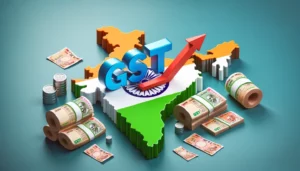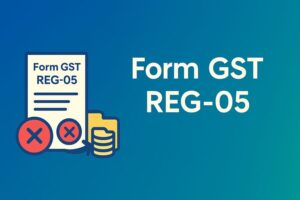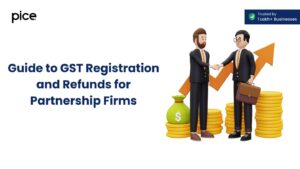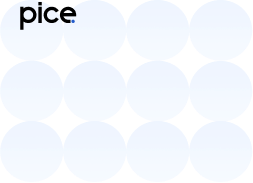Impact of GST on Textile Sector
- 10 Feb 25
- 10 mins
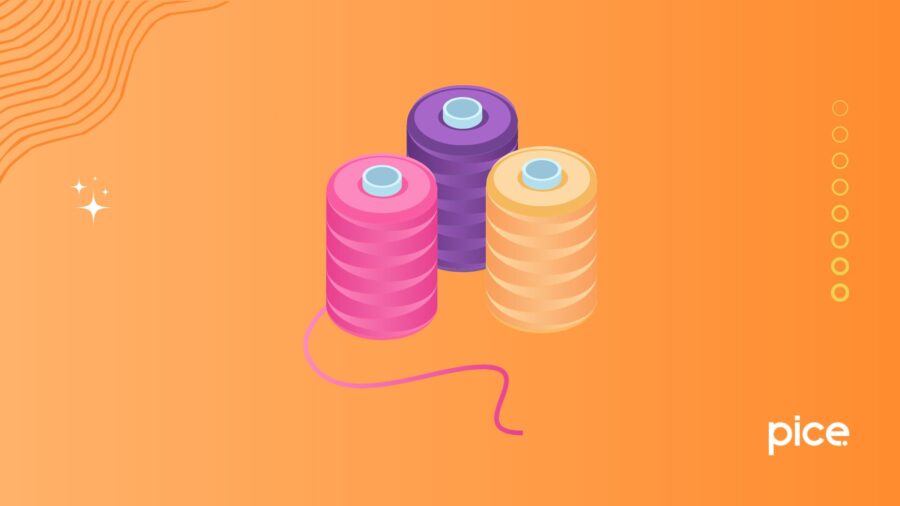
Impact of GST on Textile Sector
Key Takeaways
- GST on apparel—5% for items below ₹1,000, 12% for those above.
- Textile materials—mostly taxed at 5% under GST.
- 2025 updates—AEPC suggests uniform GST rates and tax incentives.
- Manufacturing benefits—GST removes fringe taxes, reducing costs.
- Compliance matters—staying updated helps avoid penalties.
The Goods and Services Tax or GST is an indirect tax applicable to the costs of various goods and services. The introduction of the GST has truly revolutionised the otherwise complex tax collection system in India. GST also applies to the clothing and textiles industry.
The clothes and textile industry in India provides employment to a widespread base of skilled as well as unskilled workers. Its contribution to the financial ecosystem in India goes up to about 10% of the total annual exports. The value is only set to increase under GST.
GST affects the cotton value chain within the textile industry which includes garments/clothing items for men and women alike. Shirts, sarees, trousers, apparels, shoes and other clothing materials which are chosen by small to medium-scale companies (owing to them attracting no central excise duty under the optional route), are affected by GST.
During the meeting held on 21st December, 2024, the GST Council proposed notable changes to the comprehensive taxation structure set aside for apparel, under the Constitution of the Group of Ministers (GoM). The changes were aimed at rationalising tax rates across various garment price points.
This blog shall update you regarding the GST rates on apparel and textile products, simultaneously highlighting their implications. Thus, trace the impact of GST on the textile sector by the end of the read.
GST on Clothes, Readymade Garments and Textiles
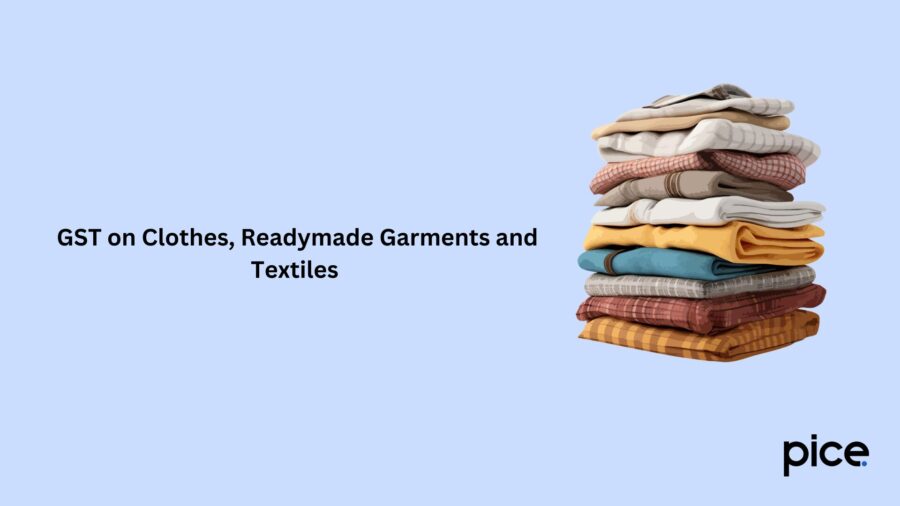
GST on clothing pieces that are priced below ₹1,000 are taxed at 5% GST. On the other hand, pieces priced at ₹1,000 or above entail a 12% GST charge. Garments that are ready to wear and made to fit the average person are associated with a 12% GST rate. Synthetics (fibres which are crafted by humans) and other types of fabrics attract an 18% GST tax.
While the standard GST percentage for textile items is 12%, 5% GST is applicable if the respective cost of apparel or footwear amounts to less than ₹1,000.
Further, for unprocessed cotton, customers are required to pay GST on the reverse charge basis at 5%. This signifies that the GST is paid directly by the buyer instead of the cotton supplier. However, raw jute or raw silk cases are exempt from GST. Thus, dealers or mills responsible for handling such materials are not required to legally register under GST or pay taxes.
GST on Clothes and Apparel
As we’ve already mentioned above, GST applies to clothes and apparel. Refer to the table below for the updated CBIC GST rates which apply to clothing items across the board:
| Clothing Items | HSN Code | Applicable GST Rate | Conditions which apply |
| Apparel and clothing accessories including cap (topi), may be knitted or crocheted | 61 or 6501 or 6505 | 5% | The sale value should not exceed ₹1,000 per item |
| Apparel and clothing accessories that are not knitted or crocheted | 62 | 5% | The sale value should not exceed ₹1,000 per item |
| Other types of textile | 63 (other than 6305 32 00, 6309) | 5% | The sale value should not exceed ₹1,000 per item |
| Handmade or hand-embroidered shawls | 6117, 6214 | 5% | The sale value should not exceed ₹1,000 per item |
| Pre-owned clothing and other worn items | 6309 or 6310 | 5% | – |
| Apparel and clothing accessories may be knitted or crocheted | 61 | 12% | The sale value should exceed ₹1,000 per item |
| Apparel and clothing accessories that are not knitted or crocheted | 62 | 12% | The sale value should exceed ₹1,000 per item |
| Other types of textile articles (apart from Worn clothing) | 63 | 12% | The sale value should exceed ₹1,000 per item |
GST Rates on Textile Materials
Every category of clothing piece and apparel which are marketed at a cost higher than ₹1,000 is subject to a 12% GST tax. The set standard GST rate applicable for textile goods is 12%. However, a 5% GST rate is applicable if the cost of footwear and apparel is less than ₹1,000.
Further, the renting of apparel and customised tailoring services are subject to a GST rate of 5% under the HSN code 9988. The composition scheme is extended to enterprises which supply clothes, given that their annual turnover is not over ₹1.5 crore (₹75 lakh in the states of the north-east).
The maximum turnover limit to be able to reap benefits out of the composition scheme is set at ₹50 lakh for businesses involved in stitching and apparel renting services.
The table below specifies the GST rate applicable for various textile materials:
| Textile Materials | HSN Code | Applicable GST Rate |
| Silk yarn | 5004 to 5006 | 5% |
| Woven fabrics made out of silk or out of silk waste | 5007 | 5% |
| Garnetted stock of wool, shoddy wool, fine/ coarse animal hair | 5104 | 5% |
| Wool, fine or coarse animal hair that is carded/ combed | 5105 | 5% |
| Yarn of wool, animal hair | 5106 to 5110 | 5% |
| Woven fabrics of wool or animal hair | 5111 to 5113 | 5% |
| Cotton, Cotton waste | 5201 to 5203 | 5% |
| Cotton sewing thread (applies whether or not it has been put up for retail sale) | 5204 | 5% |
| Cotton yarn (apart from khadi yarn) | 5205 to 5207 | 5% |
| Woven fabrics made of cotton | 5208 to 5212 | 5% |
| Flax, processed or raw but not spun; flax tow as well as waste (includes yarn waste as well as garnetted stock) | 5301 | 5% |
| Textile bast fibres (apart from jute fibres, processed or raw but not spun)Tow and waste of certain fibres (like yarn waste and garnetted stock) | 5303 | 5% |
| All items including yarn of jute, flax and other textile bast fibres; vegetable textile fibres; paper yarn (apart from coconut coir fibre) | 5305 to 5308 | 5% |
| Woven fabrics weaved out of vegetable textile fibres and paper yarn | 5309 to 5311 | 5% |
| Woven fabrics out of man-made textile materials | 5407, 5408 | 5% |
| Woven fabrics out of man-made staple fibres | 5512 to 5516 | 5% |
| Real zari thread (of gold) as well as silver thread | 5605, 5600, 5610 | 5% |
| Ropes, jute twine or coir cordage | 5607 | 5% |
| Knotted netting of twine, rope or cordage | 5608 | 5% |
| Products out of Coir | 5609 | 5% |
| Coir mats, matting, handloom durries and floor covering | 5702, 5703, 5705 | 5% |
| Narrow fabrics which consist of warp without weft assembled by any means of adhesive (bolducs) | 5806 | 5% |
| All goods made out of knitted or crocheted fabrics | 60 | 5% |
Recent Updates of GST Regulations for the Clothing Industry in 2025
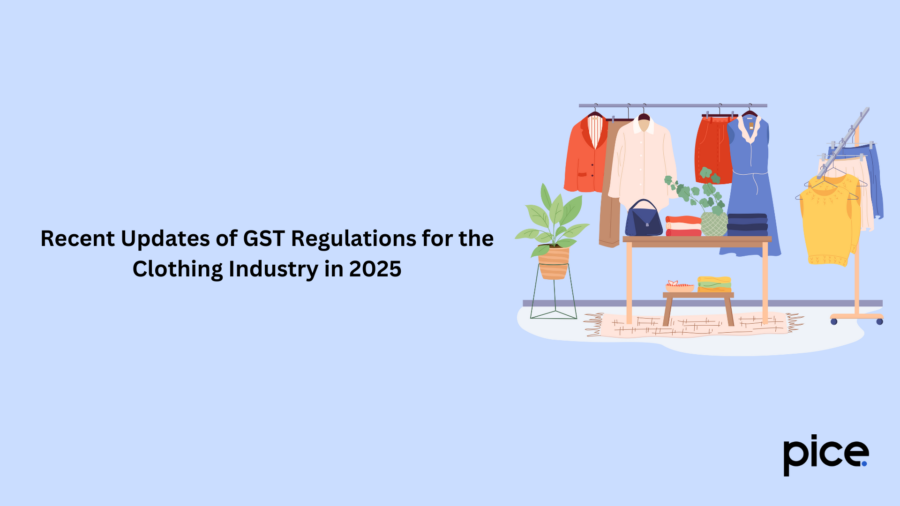
The Apparel Export Promotion Council (AEPC) proposed changes to the structure of the GST collection system which shall apply to the textile industry. During the interim budget of 2024, the council stood for tax incentives, ideating the introduction of uniform GST rates as well as increased interest subsidies. This would support domestic manufacturing and boost the country’s exports in the long term.
The AEPC specifically called for tax concessions for the apparel manufacturers who abide by the international standards of quality; maintaining the ESG (Environmental, Social, and Corporate Governance) compliance. The council also proposed budget-related support aimed at branding and marketing Indian products nationwide.
AEPC subsequently took note of the interest equalisation rates which were categorised under the interest equalisation scheme. For non-MSMEs, they were reduced from 3% to 2%. The council, thus, requested the government to increase such rates to 5% for apparel exporters across the board.
Finally, AEPC recommended that embellishments and trimmings should be included under the IGCR (Import of Goods at Concessional Rates) duty regulations. Oftentimes, the exporters are required to use pre-approved embellishments from overseas suppliers, as nominated by respective garment purchasers.
Here are some notable changes and updates in the GST regulations for the 2025-based clothing and textile industry:
● Reduction in Manufacturing Costs: GST is possibly going to subsume difficult fringe taxes including Octroi, luxury tax and entry tax among others. This would help reduce the costs that have to be otherwise borne by manufacturers within the textile industry.
● Input Capital Being Allowed on Capital Goods: At present, the import cost associated with availing the latest technologies for manufacturing textile products is quite expensive. This is so because the excise duty paid is not accepted as input tax credit. However, under GST, the input tax credit shall be extended for the tax paid on capital goods in 2025.
● GST for Nylon and Artificial Fibers: Nylon and other artificial fibres are recognised under Chapter 54 of the HSN code. Plus, synthetic filaments and other synthetic textile materials are also being classified under this section. Products within this chapter are taxed at 5%, 12% or 18%. Further, textile fabrics made out of man-made fibres are also subject to a 5% GST rate.
The above shall also give you a better perspective on the impact of GST on our country’s clothing and textile industry.
Conclusion
In India, it is imperative for clothing and textile enterprises to stay up to date with various GST rules and regulations. This will allow them to stay compliant while maintaining a competitive edge within such a saturated field.
Even though there have been no significant changes within the GST structure associated with clothing and textiles since 2022, the impact of GST on the textile sector remains valid. Businesses must stay alert and updated, as the changes, if and when they are enforced, affect operations and finances heavily.
By seeking advice whenever required and abiding by compliance rules, enterprises can successfully avoid penalties. They can also manage their taxes more effectively. This proactive approach itself shall fuel and ensure a steady upward curve.
Being able to adapt to an ever-evolving regulatory landscape in our country is just as valuable as any other business-related milestone, setting one up for undertaking the route to success within the textile industry.
💡If you want to streamline your payment and make GST payments via credit card, consider using the PICE App. Explore the PICE App today and take your business to new heights.
 By
By 






